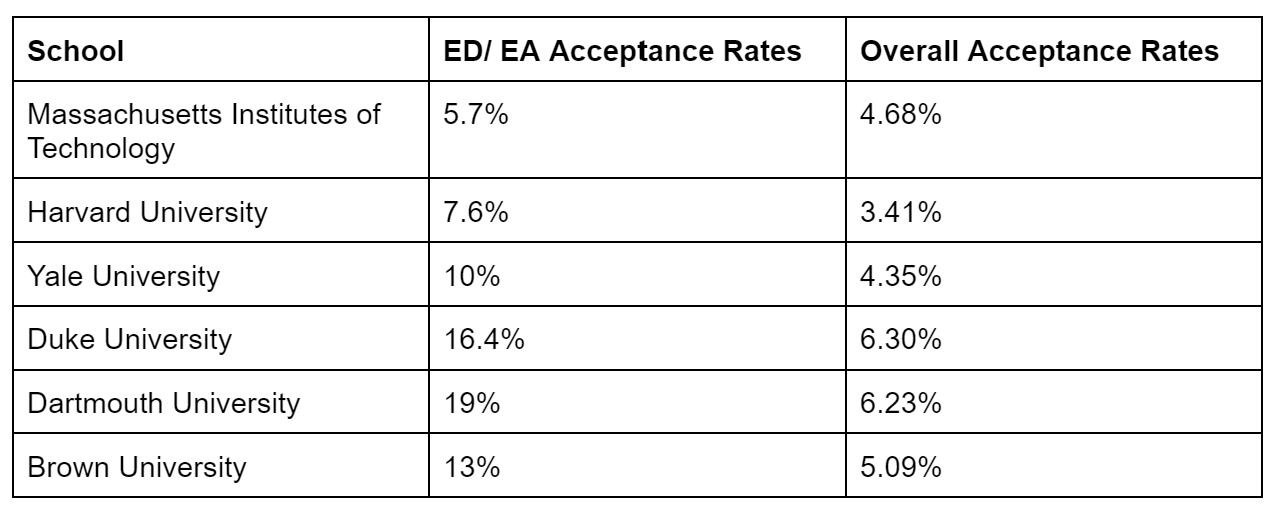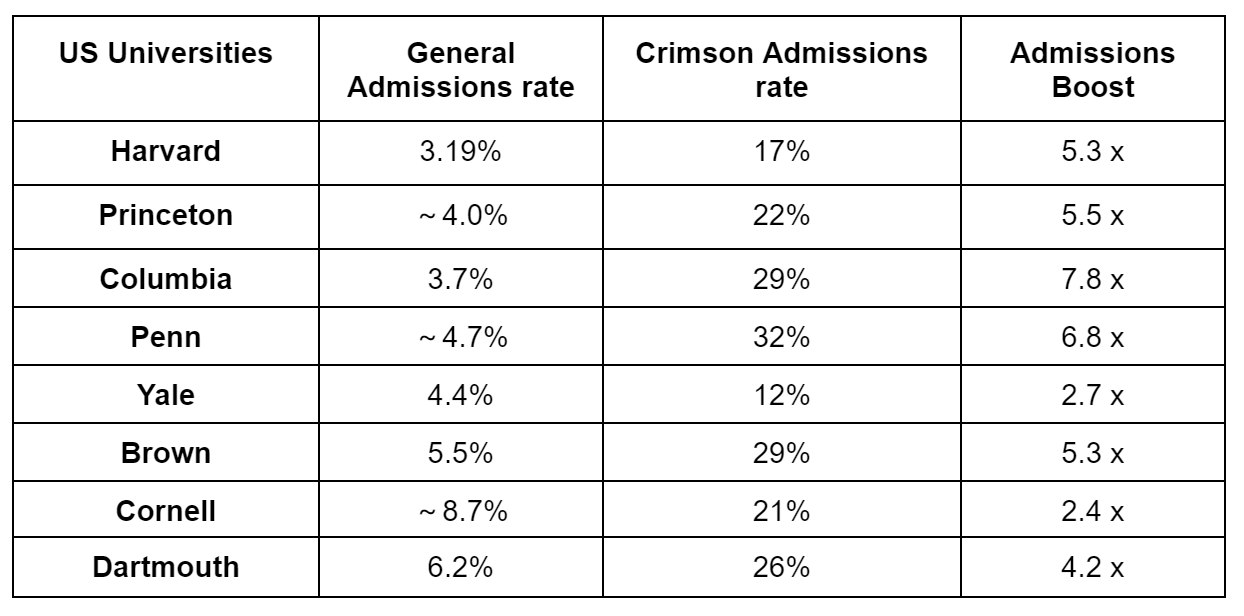How to Show Intellectual Curiosity on Your Top College Application
Read now/f/64062/800x450/e67c57a473/library.jpg)
/f/64062/5101x3401/c6304ba118/kenny-eliason-1-aa2fadydc-unsplash.jpg)
The college admissions process can be both exciting and overwhelming for high school students. With numerous options available, understanding the various application strategies becomes crucial. Two common terms that often arise during this period are Early Decision (ED) and Early Action (EA). These programs offer applicants a chance to showcase their commitment to a particular institution while potentially increasing their chances of acceptance. Let's delve into what Early Decision and Early Action entail and how they differ.
Early Decision (ED):
Early Decision is a binding application process that requires students to commit to attending a specific college if accepted. Applicants typically submit their ED applications by an earlier deadline, usually in November, and receive admissions decisions in December. Upon acceptance, students must withdraw any other pending applications and enroll in the ED college. This commitment is binding, barring unusual circumstances like financial concerns not being met.
The ED option is ideal for students who have a clear top choice school and are confident in their decision. It's advantageous for demonstrating a strong interest in a particular institution, as colleges perceive ED applicants as highly motivated and committed.
Early Action (EA):
Early Action, in contrast, is a non-binding application option. It allows students to apply to colleges early, usually by a November deadline, and receive admissions decisions by December or January. Accepted students under Early Action are not required to commit immediately and have until the regular decision deadline to finalize their college choice.
This choice is attractive for students who want an early response from colleges without being obligated to enroll. It enables them to weigh multiple acceptance offers and financial aid packages before making a final decision.
Many Thai students applying to universities in the USA opt for Early Action or Early Decision to potentially secure admissions ahead of the regular application deadlines. This is quite similar to Thai universities that offer students the option of ‘Early Direct Admissions’, allowing students to highlight the university of their choice and apply early.
Early Decision and Early Action Acceptance Rates:

The primary difference between ED and EA lies in their binding nature. ED is a binding commitment, whereas EA allows students the freedom to consider multiple offers and make a decision by the regular deadline.
Considerations and Advice:
Research and Reflect: Understand the policies and implications of ED and EA for each college of interest. Reflect on your preferences, goals, and commitment level to determine which option aligns best with your needs.
Timing is Crucial: Both ED and EA have early deadlines, so plan and prepare your application materials well in advance. Early submissions often show dedication and initiative.
Consultation and Guidance: Seek advice from school counselors, teachers, or mentors to make an informed decision. Discuss your options and potential ramifications with those familiar with the college admissions process.
In conclusion, understanding the nuances between Early Decision and Early Action can significantly impact your college application journey. Both offer distinct advantages, but they also come with their own set of considerations and commitments. Ultimately, choosing the right strategy requires thoughtful evaluation and alignment with your academic, personal, and financial aspirations.
Crimson Acceptance Rates at Ivy League universities:

If you would like to learn more about our world's best-in-class admission consulting services to apply to top universities, please book a free consultation with an expert here: https://www.crimsoneducation.org/th-en/campaign/book-a-consultation-with-strategist/